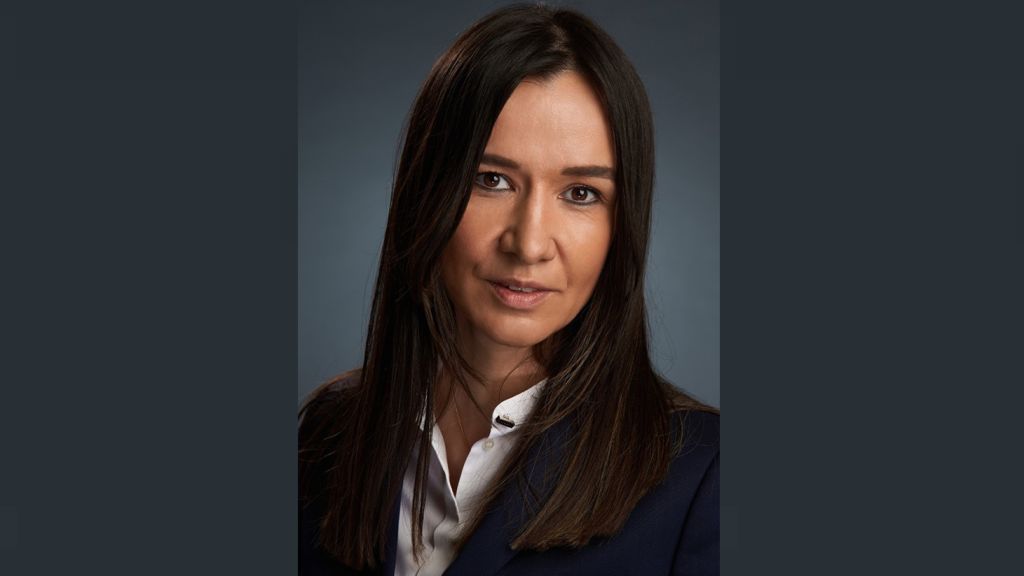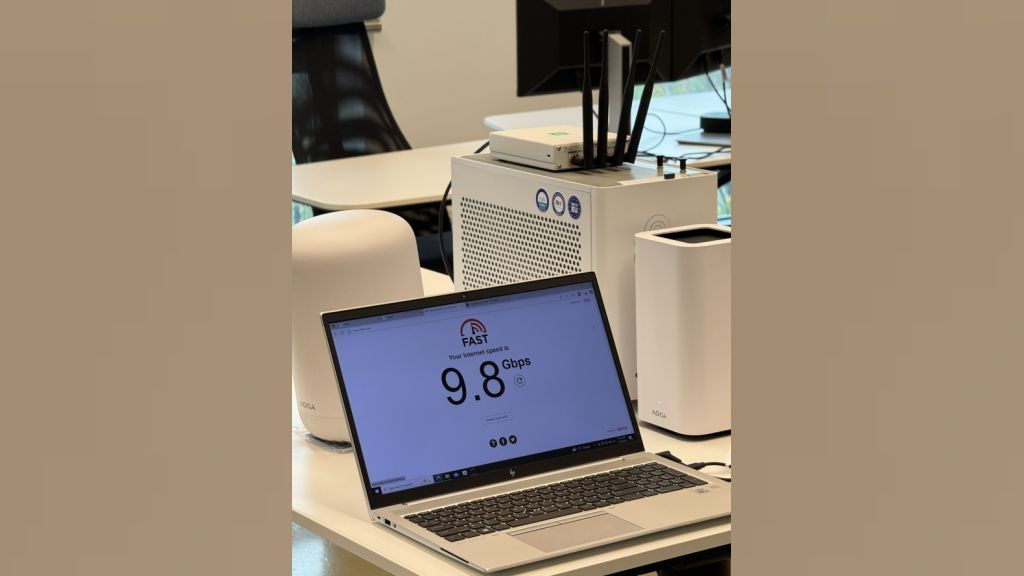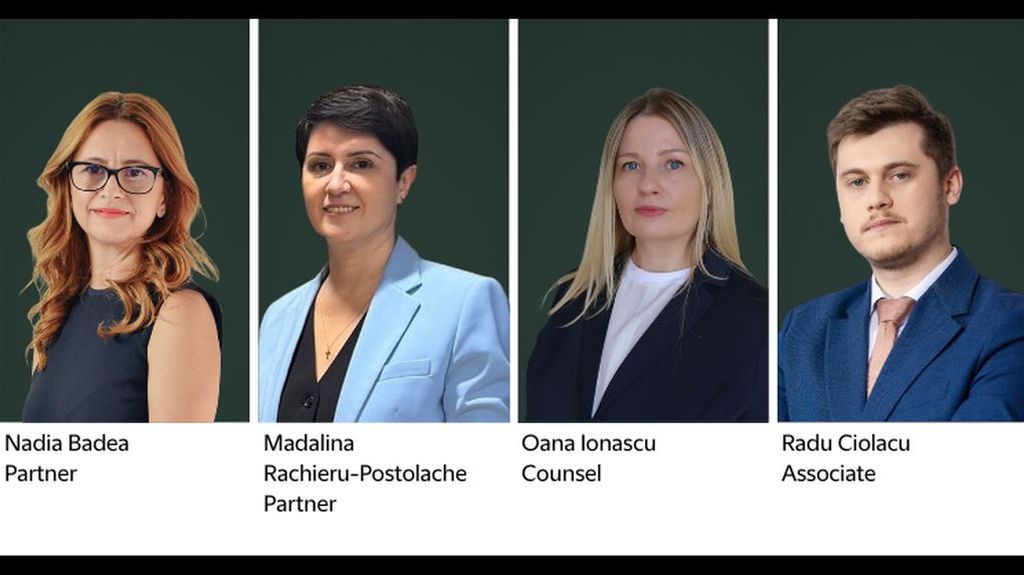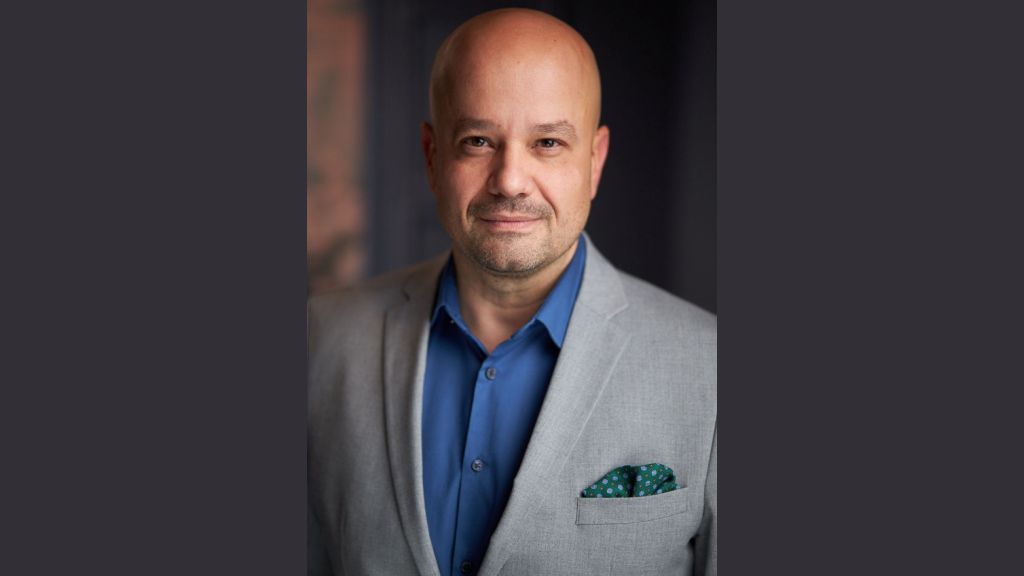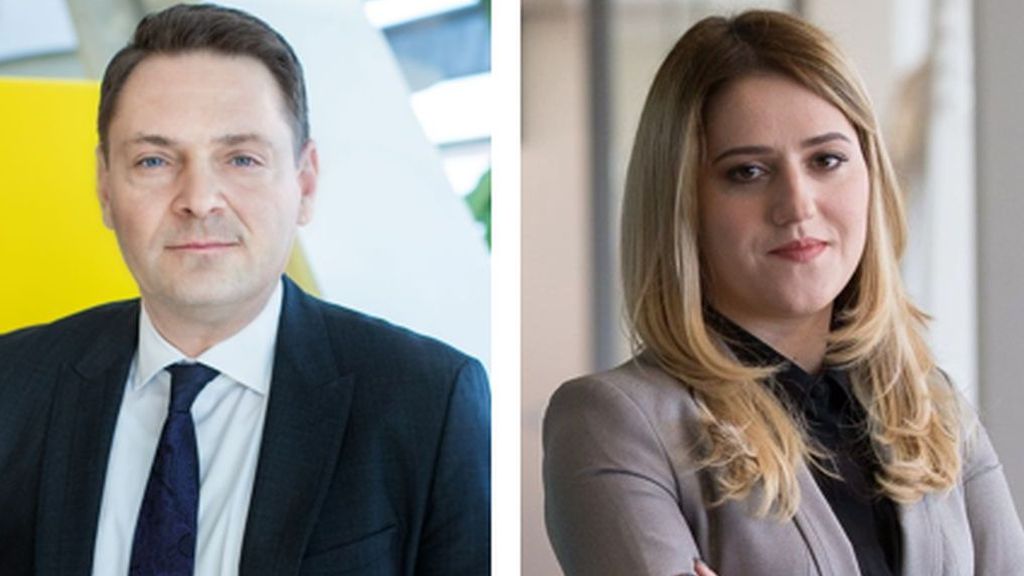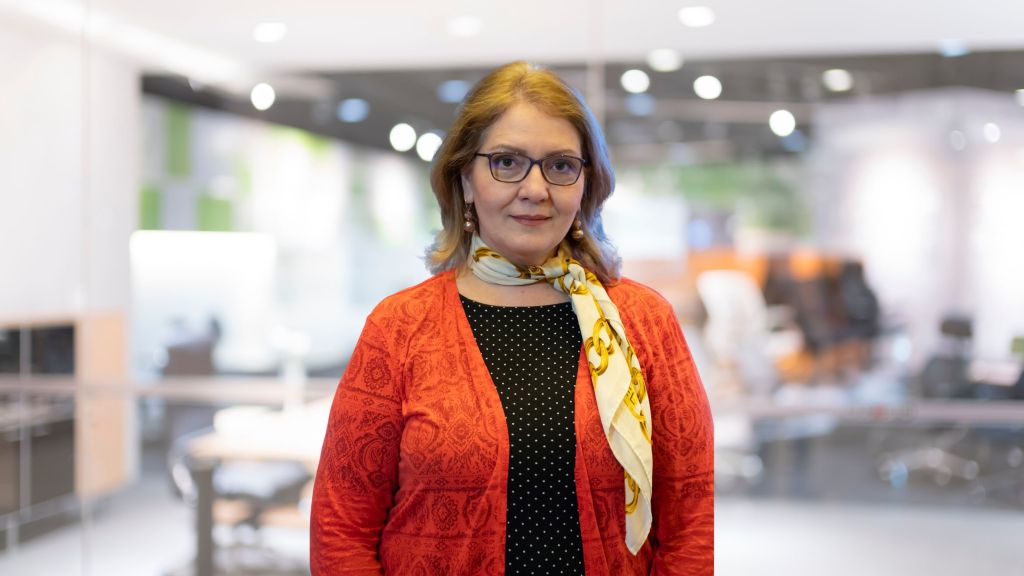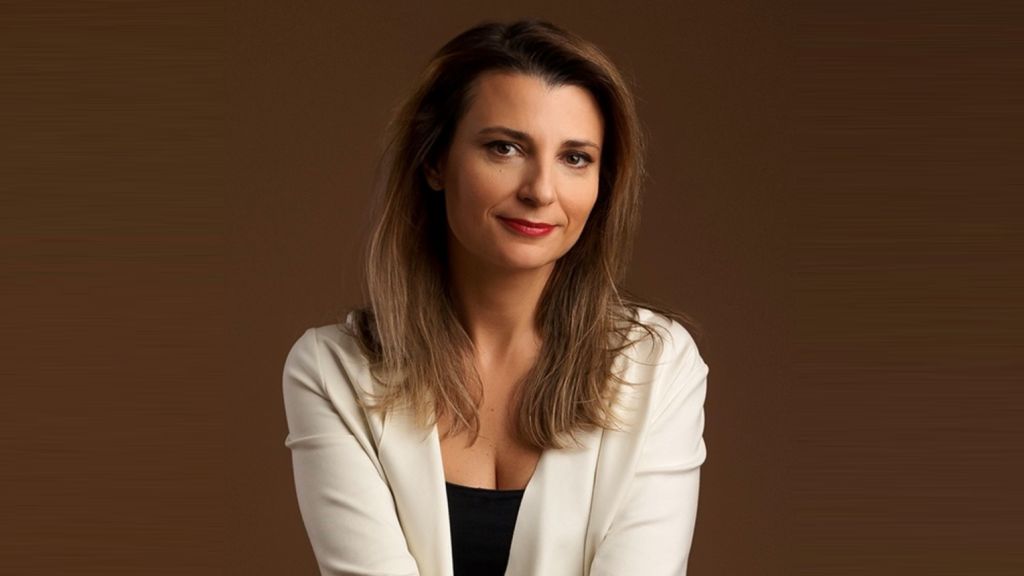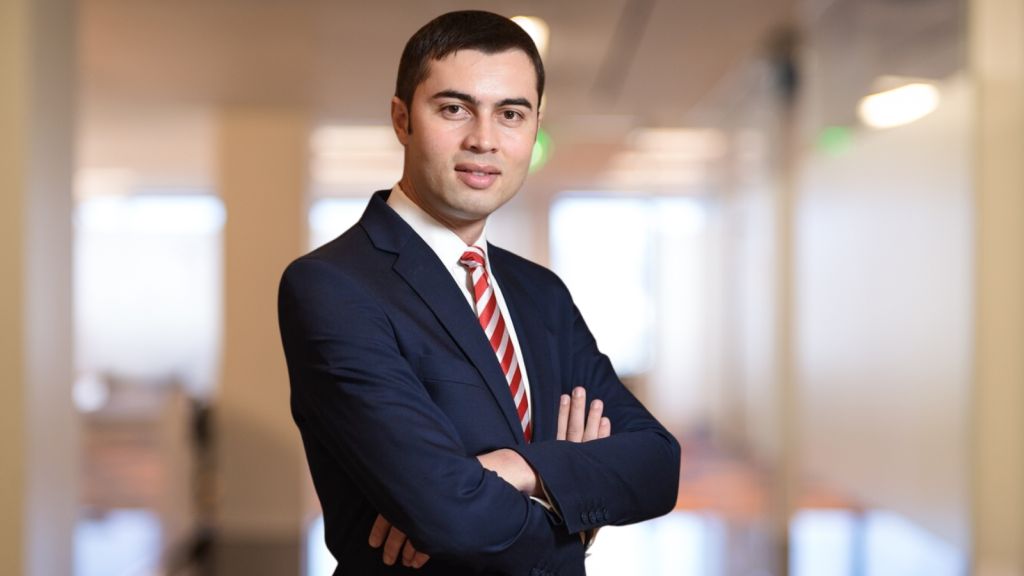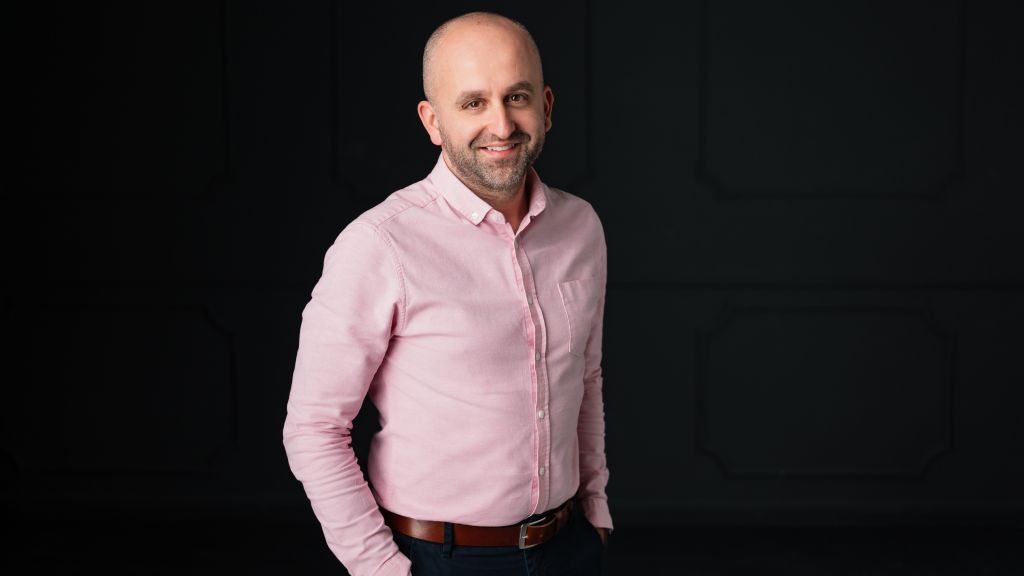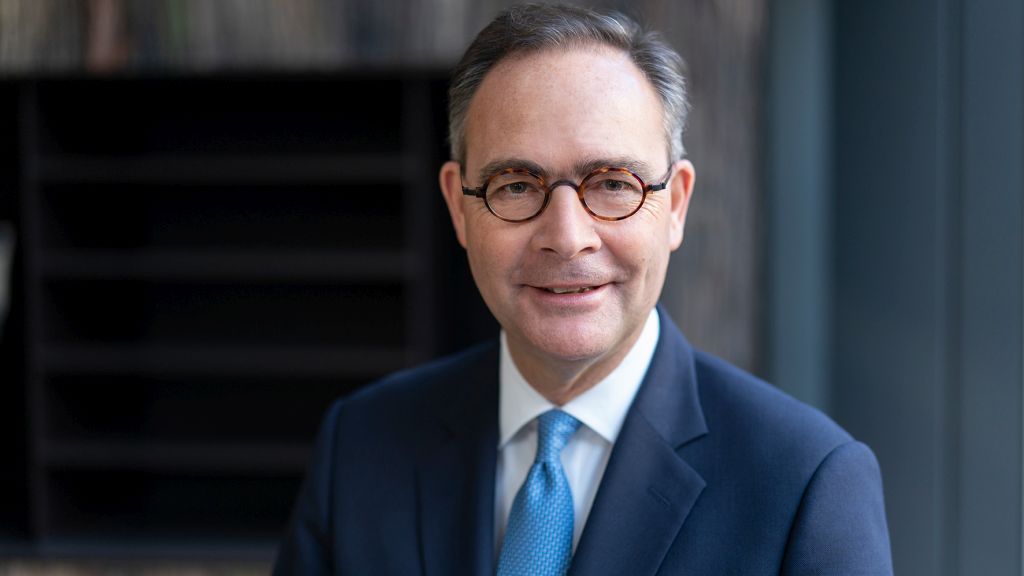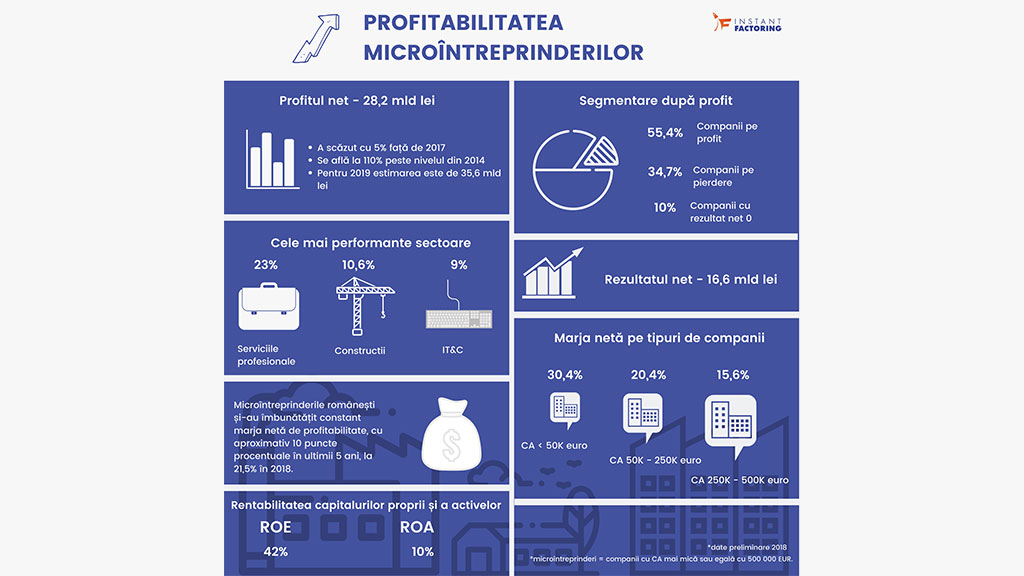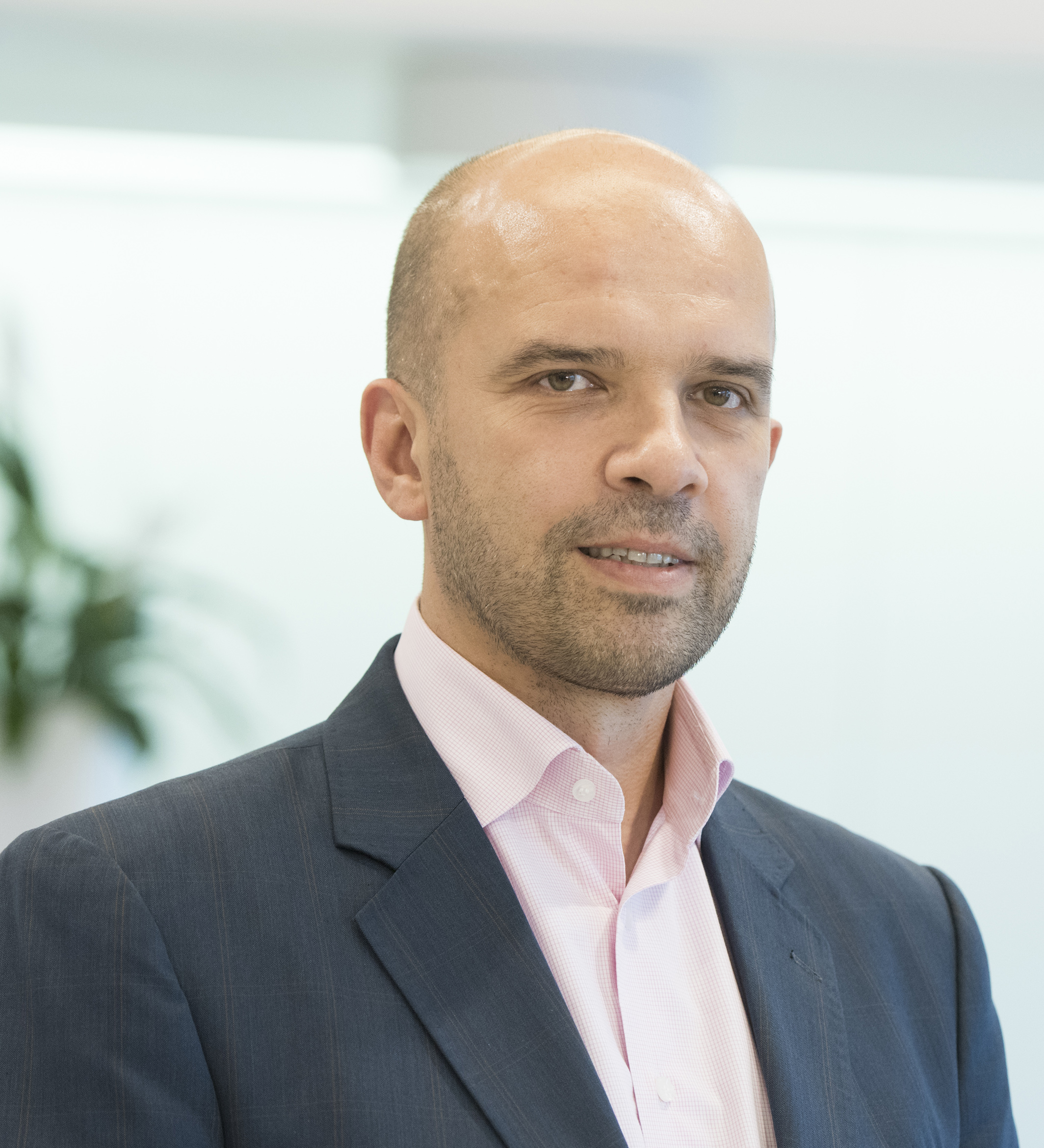Allianz-Tiriac Asigurari announces the appointment of Codruta Furtuna, currently Sales and Distribution Director, as Deputy Chief Executive Officer. The nomination has been approved by the Financial Supervisory Authority (ASF) and will be registered with the National Trade Register Office.
Codruta Furtuna will continue to oversee the Sales and Distribution area in Allianz-Tiriac, playing a key role in implementing the company’s strategy focused on business growth and customer base expansion.
Codruta Furtuna is part of the Allianz-Tiriac team since July 2021, overseeing one of the largest own sales networks in the Romanian insurance market, comprising over 2,000 agents and insurance consultants, as well as a significant number of brokerage partnerships. Previously, she was Country Manager for Romania and the Republic of Moldova at Allianz Partners, the Allianz Group division specialized in assistance services and niche insurance lines.
Currently, Allianz-Tiriac Asigurari’s management team includes Virgil Șoncutean - Chief Executive Officer, Adriana Matache - Deputy Chief Executive Officer, Codruta Furtuna - Deputy Chief Executive Officer, Daniela Covacescu - Chief Operating Officer, and Aurel Badea - Chief Technical Officer.
According to the Financial Supervisory Authority (ASF), at the end of March 2025, Allianz-Tiriac held a market share of over 17%, ranking second among insurance companies in terms of gross written premiums for both general and life insurance. Allianz-Tiriac is a joint-venture company, built on the excellent collaboration between Allianz Group (holding 52.16% of shares) and Tiriac Holding Limited (holding 44.79% of shares).
***
About Allianz-Tiriac Asigurari
Allianz-Tiriac is part of the German Allianz Group, one of the world's largest financial services and insurance providers and the most valuable insurance brand globally, according to the latest Interbrand ranking. Over its 30 years of activity, Allianz-Tiriac has contributed €20 billion to the Romanian economy. Its total economic impact is equivalent to 0.6% of Romania’s GDP over the analyzed period, an amount that could translate into up to 80 modern hospitals, 2,000 new schools, 2,000 kilometers of highway, or 130,000 social housing units.




